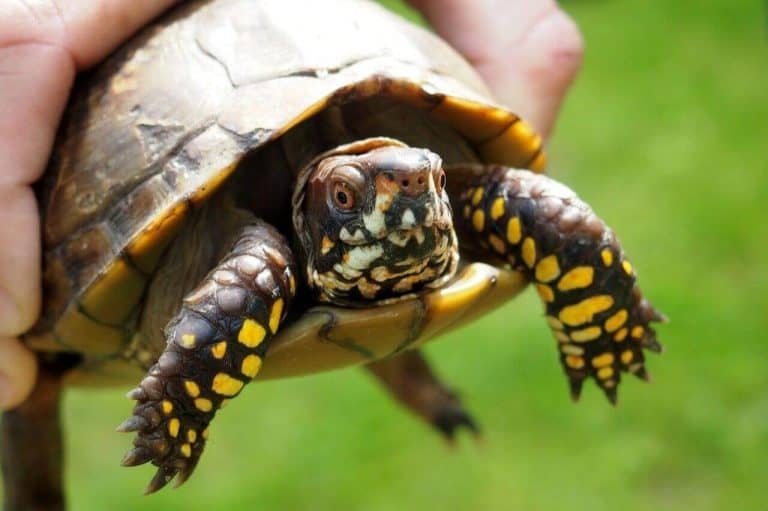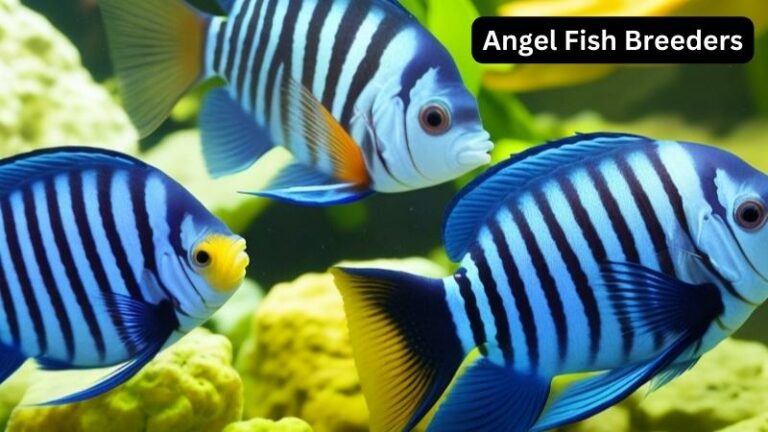20-gallon turtle tank for turtle
If you’re considering adopting a turtle as a pet, providing a suitable and spacious habitat is essential for their well-being. One crucial aspect of turtle care is selecting an appropriate tank, and a 20-gallon turtle tank is an excellent choice for many turtle species.
In this comprehensive guide, we will delve into everything you need to know about setting up a 20-gallon turtle tank, including choosing the right tank, essential equipment, decorations, heating and lighting requirements, filtration systems, water quality, and maintenance routines. By following our expert advice, your turtle will thrive in its new environment.
Choosing the Right 20-gallon turtle tank for turtle:
When selecting a turtle tank, it’s vital to choose the right size. For a single turtle, a 20-gallon tank is suitable for most small to medium-sized species. The 20-gallon capacity allows sufficient space for swimming, basking areas, and the potential growth of your turtle. Consider the tank’s dimensions and the turtle species’ expected size to ensure adequate room for your pet to move around comfortably.
Essential Equipment:
Apart from the tank itself, there are several must-have pieces of equipment necessary for a thriving 20-gallon turtle tank:
- Heating Equipment: Turtles are ectothermic creatures, meaning they rely on external heat sources to regulate their body temperature. A heating lamp or ceramic heater is essential to provide a basking area with temperatures ranging from 85-95°F (29-35°C).
- UVB Lighting: Turtles require UVB lighting to synthesize vitamin D3, which aids in proper calcium absorption and prevents metabolic bone disease. A UVB light fixture placed above the basking area is crucial for your turtle’s health.
- Filtration System: A reliable filtration system is necessary to maintain water quality. Turtles produce waste that can accumulate quickly, leading to high ammonia levels and bacterial growth. Canister filters or hang-on-back filters are effective options for a 20-gallon tank.
Decorations and Substrate:
Creating a natural and stimulating environment for your turtle is important. Add a substrate layer at the bottom of the tank, such as river rocks or a fine gravel mix. This substrate should be easy to clean and not pose any health risks to your turtle. Decorate the tank with non-toxic aquatic plants, rocks, and driftwood to create hiding spots and additional basking surfaces.
Water and Basking Areas:
The water in the turtle tank should be deep enough for your turtle to swim comfortably, but not too deep that it hinders their ability to reach the surface for air. Aim for a water depth of about 1.5 to 2 times the length of your turtle’s shell.
Install a basking area that allows your turtle to fully climb out of the water and dry off. This area should be sturdy and positioned under the heating lamp to provide warmth.
Maintaining Water Quality:
Turtles are known for their messy habits, so proper filtration and regular cleaning are essential to maintain water quality. Use a filtration system that can handle the size of your tank, and ensure that the water is cycled through the filter at least 3-5 times per hour. Perform weekly partial water changes of 25-50%, depending on the tank’s condition, to remove waste and replenish clean water.
Water Temperature and Lighting:
Maintaining an appropriate water temperature is crucial for your turtle’s health. The water should be kept at a temperature that corresponds to your turtle’s natural habitat. Generally, water temperatures between 75-80°F (24-27°C) are suitable for most turtle species. Use a submersible heater to regulate the water temperature consistently.
Light is another critical factor in turtle care. Ensure your turtle tank receives natural daylight or provide artificial lighting that mimics the sun’s spectrum, including UVB rays. Maintain a regular photoperiod of 10-12 hours of light each day to mimic the turtle’s natural day-night cycle.
Feeding:
Feeding your turtle a well-balanced diet is crucial for their health and growth. Offer a variety of commercial turtle pellets, supplemented with fresh vegetables, fruits, and occasionally live or frozen prey. Adjust the quantity and frequency of feeding based on your turtle’s age and species. Remove any uneaten food promptly to maintain water quality.
Maintenance Routine:
To ensure a clean and healthy environment for your turtle, establish a regular maintenance routine. This includes regular water testing to monitor temperature, pH levels, and ammonia levels. Clean the tank, including the filter, on a regular basis and remove any debris, uneaten food, or waste. Inspect and replace equipment as needed to ensure their efficiency.
Conclusion:
Setting up a 20-gallon turtle tank for your turtle is an exciting endeavor. By considering factors like tank size, equipment, decorations, water quality, and maintenance routine, you can provide your turtle with a suitable and thriving habitat.
Remember to research the specific needs of your turtle species and consult with experts or veterinarians to ensure you are providing the best care possible. With proper setup and maintenance, your turtle will be able to enjoy a safe, comfortable, and enriching environment in its 20-gallon turtle tank.


